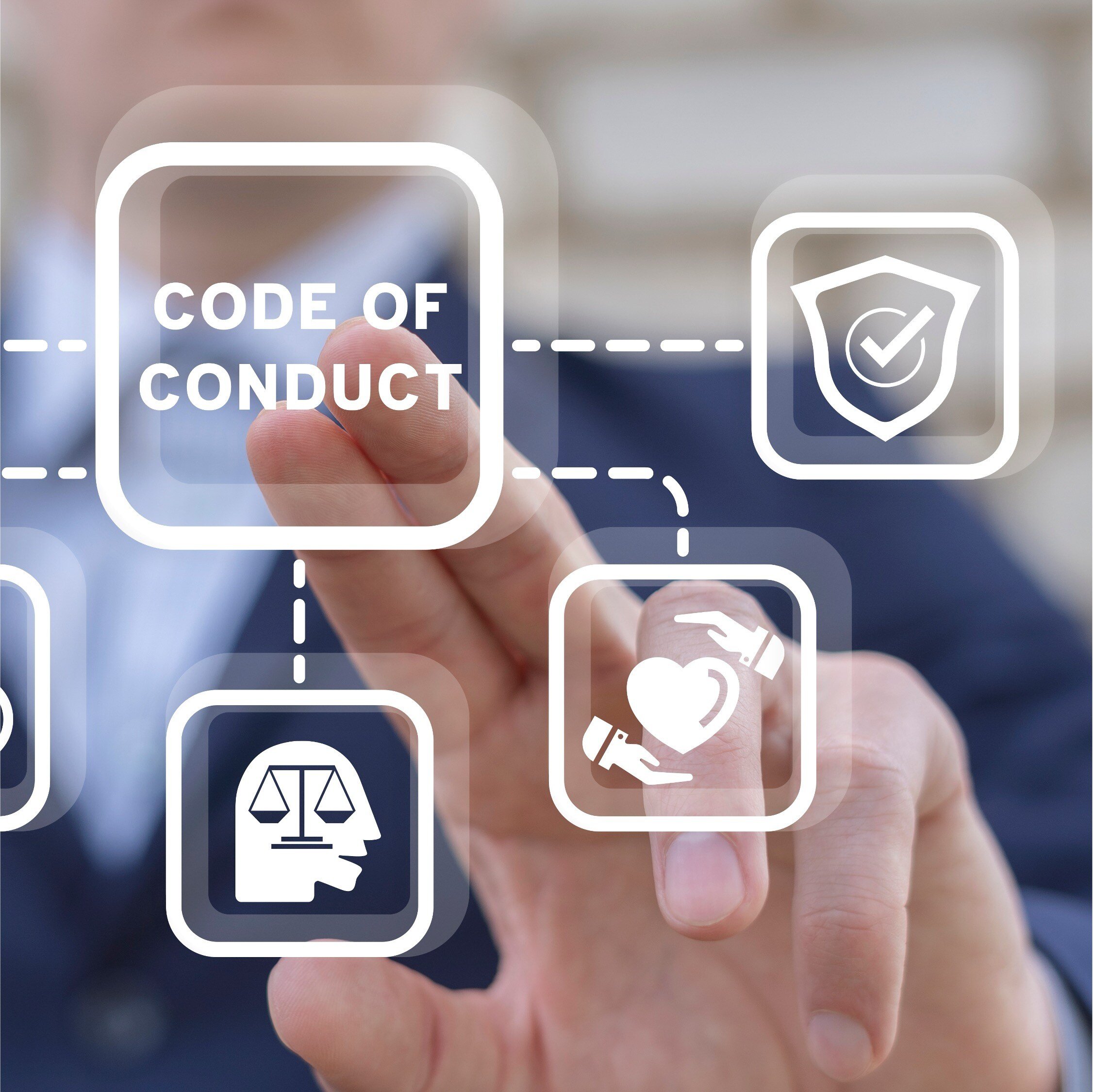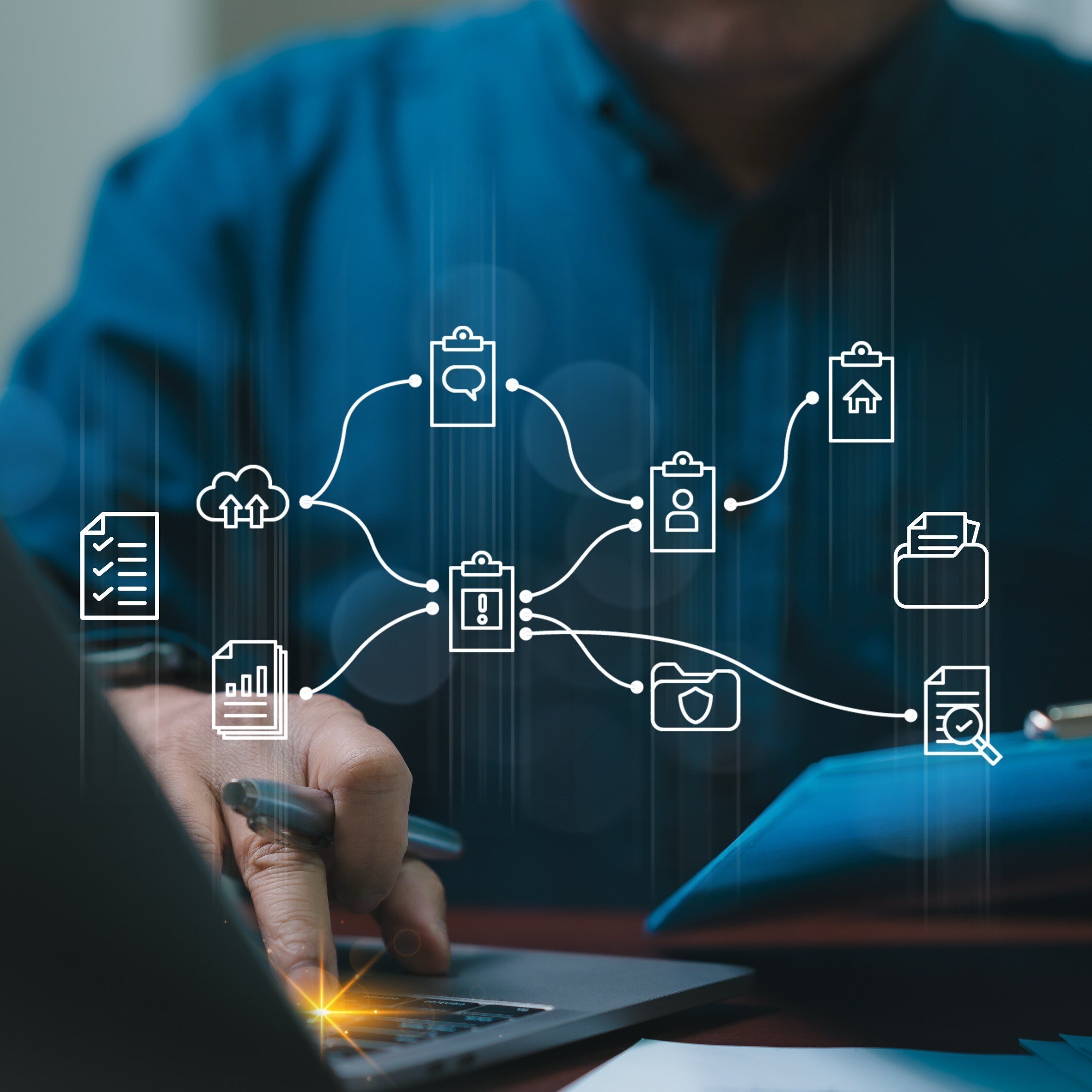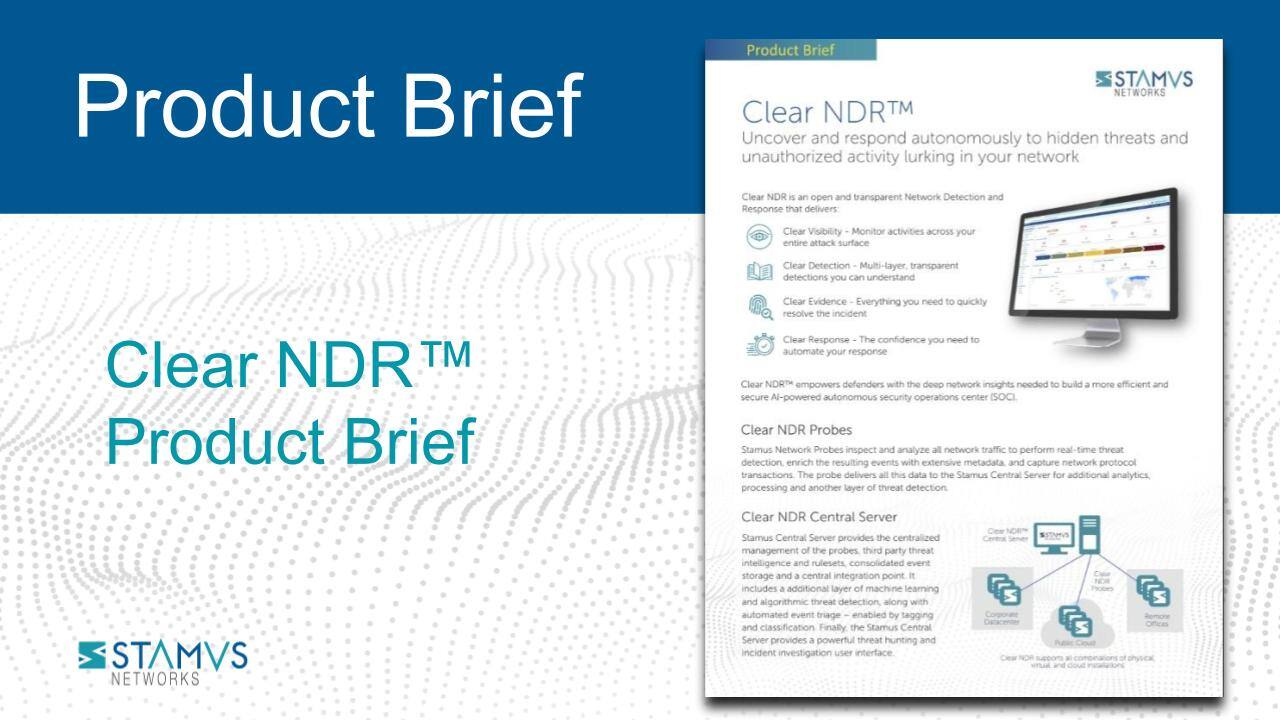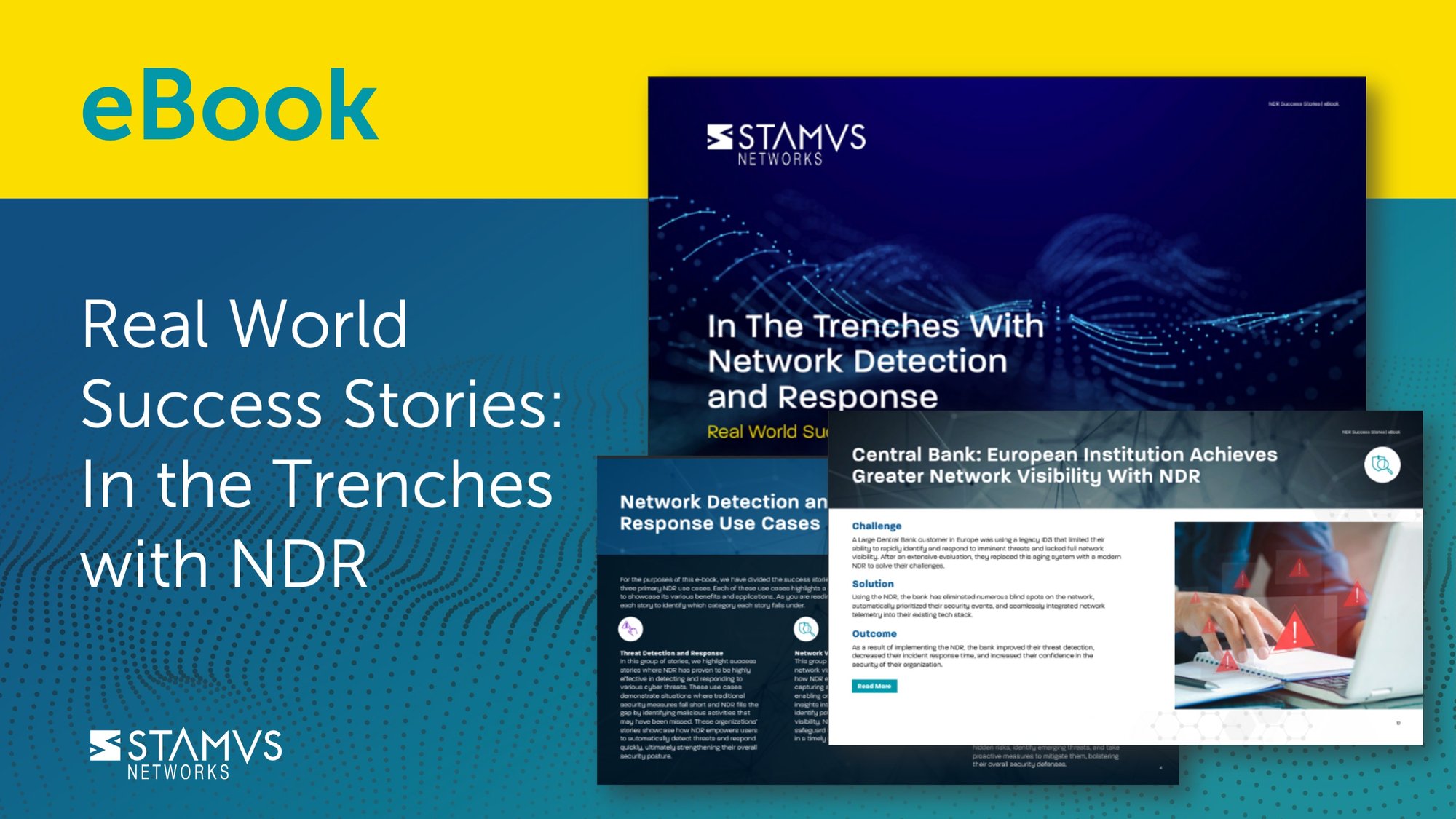What is Cybersecurity Compliance?
Cybersecurity compliance encompasses an organization's adherence to established standards, regulations, and best practices designed to protect sensitive information and systems from cyber threats. This involves implementing security measures, policies, and procedures to ensure that an organization’s security practices meet legal and industry-specific requirements.
Cybersecurity compliance ensures that an organization’s data is handled responsibly, maintaining its confidentiality, integrity, and availability. This is crucial for protecting sensitive information such as personal data, financial records, and intellectual property. By adhering to compliance standards, organizations can mitigate the risk of data breaches caused by cyberattacks, which can have significant financial, reputational, and even legal consequences.
Maintaining cybersecurity compliance can help foster trust with customers and stakeholders, demonstrating an organization’s commitment to data security. In addition, certain industries and regions have specific data protection laws that organizations must comply with, making cybersecurity compliance and data protection a legal necessity.
Why is cybersecurity compliance important?
Cybersecurity Compliance is important for several reasons. First, it ensures that an organization’s data is handled responsibly, protecting its confidentiality, integrity, and availability. This is essential for maintaining trust with customers, particularly in industries where sensitive information is involved and strictly regulated such as healthcare, finance, and education.
Second, compliance helps mitigate the risk of data breaches caused by cyberattacks. This is due to the adherence to guidelines or recommendations for layered security controls and documented incident response processes. A data breach can lead to fines, legal liabilities, and loss of customer trust. By adhering to compliance standards or frameworks, organizations can implement security measures that reduce the likelihood of such incidents.
Third, compliance can be a competitive advantage. In some industries, it is possible that customers may be more likely to do business with an organization known for having a strong cybersecurity reputation. Demonstrating a commitment to data security can differentiate an organization from its competitors and build trust with customers.
Finally, compliance is often a legal requirement. Many industries and regions have specific data protection laws that organizations must follow. Failure to comply with these laws can result in fines and penalties.
How do organizations maintain cybersecurity compliance?
Cybersecurity compliance is achieved and maintained through a combination of strategic approaches, policy implementation, and technical solutions. After determining which cybersecurity regulations, standards, frameworks, and directives are relevant to their region and industry, organizations should conduct a comprehensive risk assessment to identify potential threats and vulnerabilities. Based on this assessment, they can develop effective risk management plans, including the implementation of security policies and procedures.
Cybersecurity technology plays an important role in maintaining compliance. Network security measures, such as intrusion detection and prevention systems (IDS/IPS), network detection and response (NDR), and firewalls protect networks from unauthorized access and help detect threats and vulnerabilities at the network level. Endpoint security solutions, such as endpoint detection and response (EDR) and antivirus software, can help protect individual devices from malware. Other data protection measures, like encryption, access control, and data loss prevention (DLP) solutions, can protect sensitive information. Identity and access management (IAM) systems ensure that only authorized individuals have access to necessary resources. All of these different systems come together to help an organization form a comprehensive security strategy, which can help them maintain compliance to their relevant regulations and standards.
Continuous monitoring and evaluation are an essential part of many compliance standards. Oftentimes, organizations are required to monitor network activity for suspicious behavior, conduct regular security audits, and update security policies and procedures to address evolving threats. Incident response plans should be developed and tested to ensure that organizations can effectively respond to and recover from security breaches.
Network detection and response (NDR) systems are particularly valuable for maintaining cybersecurity compliance. These systems can detect many advanced threats other security systems miss, providing visibility into network traffic, enabling rapid response to incidents, and helping organizations demonstrate compliance with industry standards. By effectively implementing NDR, organizations can enhance their cybersecurity capabilities, reduce the risk of data breaches, and fulfill many of the requirements of common cybersecurity compliance laws, standards, frameworks, and directives.
What are the main cybersecurity compliance standards and regulations?
There are numerous cybersecurity standards and regulations based on industry and region, but several stand out based on wide adoption internationally, primarily in the European Union (EU), the United States (US), and organizations operating within those borders. These include, but are not limited to: GDPR, HIPAA, NIS2, and PCI DSS.
- GDPR (General Data Protection Regulation): GDPR applies to any organization that processes personal data of EU residents, regardless of where the organization resides. GDPR cybersecurity requirements include data protection by design and by default, data subject rights, the appointment of a data protection officer, and the prompt notification of data breaches.
-
HIPAA (Health Insurance Portability and Accountability Act): HIPAA applies to US healthcare providers, health insurance plans, and their business associates. HIPAA includes a security rule, privacy rule, and a breach notification rule that requires cybersecurity controls to maintain compliance.
-
NIS 2 (Network and Information Systems Directive 2): NIS 2 applies to all mid-sized to large essential services providers operating in the EU, including industries such as energy, transport, finance, public administration, healthcare, and more. Key cybersecurity requirements from NIS 2 include risk assessment, incident reporting, and cooperation with authorities.
-
PCI DSS (Payment Card Industry Data Security Standard): PCI DSS is regulated by an international council and applies to any organization that handles credit card information. It includes 12 requirements covering areas such as network security, cardholder data protection, access control, and monitoring.
Each of these standards provide a comprehensive set of guidelines and requirements for organizations to ensure their cybersecurity practices are aligned with industry best practices and legal obligations.
What are cybersecurity compliance frameworks?
Cybersecurity compliance frameworks offer a structured approach to implementing and managing information security measures within an organization. These frameworks provide a set of best practices, guidelines, and recommendations that can be tailored to an organization’s specific needs and risk profile. By adopting a cybersecurity compliance framework, organizations can demonstrate their commitment to data security, reduce the risk of cyberattacks, improve operational efficiency, and in some cases satisfy the requirements of local, international, or industry-based legal requirements.
Frameworks typically include a set of core principles and practices that organizations can use to develop and implement their own security programs. These principles may cover areas such as risk management, asset management, access control, incident response, continuous monitoring, or reporting. By following these frameworks, organizations can ensure their security measures are comprehensive, effective, and aligned with industry standards.
There are many different cybersecurity compliance frameworks available, each with its own unique strengths and weaknesses. Organizations should carefully evaluate different frameworks to select the one that best meets their needs.
What are the main cybersecurity compliance frameworks?
Some of the most popular cybersecurity compliance frameworks include:
- NIST Cybersecurity Framework: Developed by the National Institute of Standards and Technology (NIST), this framework provides a voluntary set of cybersecurity best practices that can be tailored to an organization's specific needs.
- ISO 27001: An international standard that provides a framework for establishing, implementing, maintaining, and continually improving an information security management system (ISMS).
- COBIT 5: A framework developed by Information Systems Audit and Control Association (ISACA) that provides a comprehensive set of governance and management principles for information and related technology.
- CIS Controls: A set of prioritized security controls developed by the Center for Internet Security (CIS) that can be used to protect IT systems and data.
- ITIL (Information Technology Infrastructure Library): A set of best practices for IT service management that can be used to improve the delivery of IT services.
Achieving compliance with Network Detection and Response (NDR)
Network detection and response (NDR) is a critical component of modern cybersecurity strategies, detecting advanced threats often missed by traditional security systems, providing greater visibility into network activity, and satisfying many of the requirements outlined in popular cybersecurity compliance frameworks and regulations.
To see if network detection and response is a fit for your organization, request a demo below to schedule time with one of our experts.









.png)


